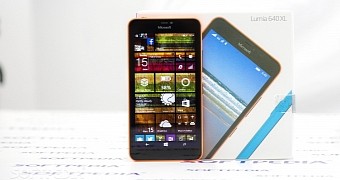Windows Phone/Windows 10 Mobile is pretty much dead since Microsoft only ships security patches until the platform’s end of support in mid-2019, and a lot has been said on the reasons it ended up a failed product.
Outgoing Windows chief Terry Myerson reignited the debate last week in a public letter announcing his departure from Microsoft, explaining that Windows Phone couldn’t catch up with Google and Apple because of “an incomplete Windows CE platform.”
Now Brandon Watson, who was a Senior Director for Windows Phone for nearly two years before leaving in February 2012, says on Twitter that the main reason for the demise of Microsoft’s smartphone platform was the lack of carrier support. Not necessarily the problems caused by the platform it was based on, and certainly not the lack of apps, as many people said.
“Windows Phone died because it would have been almost impossible to beat Google or Apple without carriers and handset manufacturers embracing it. We got second string devices and almost no support at the carriers. They couldn't keep burning money to please Sisyfus,” he explained.
What’s next for Microsoft mobile?
Somewhat odd is that Windows Phone appears to remain a hot topic even beyond its demise. Microsoft has already confirmed that no new features and devices are planned for Windows 10 Mobile, and the operating system would only receive maintenance updates until July 2019 when support ends.
In the meantime, Microsoft might be working on a different kind of mobile device that wouldn’t be a smartphone per se, but a multi-form factor model also doubling as a laptop and tablet. This could be the eagerly-anticipated Surface Phone, which in the meantime has embraced a different approach.
Codenamed Andromeda, the device could see daylight sometime this year, though instead of Windows 10 Mobile, Microsoft is expected to go for the full version of Windows 10, most likely in ARM clothes.

 14 DAY TRIAL //
14 DAY TRIAL //